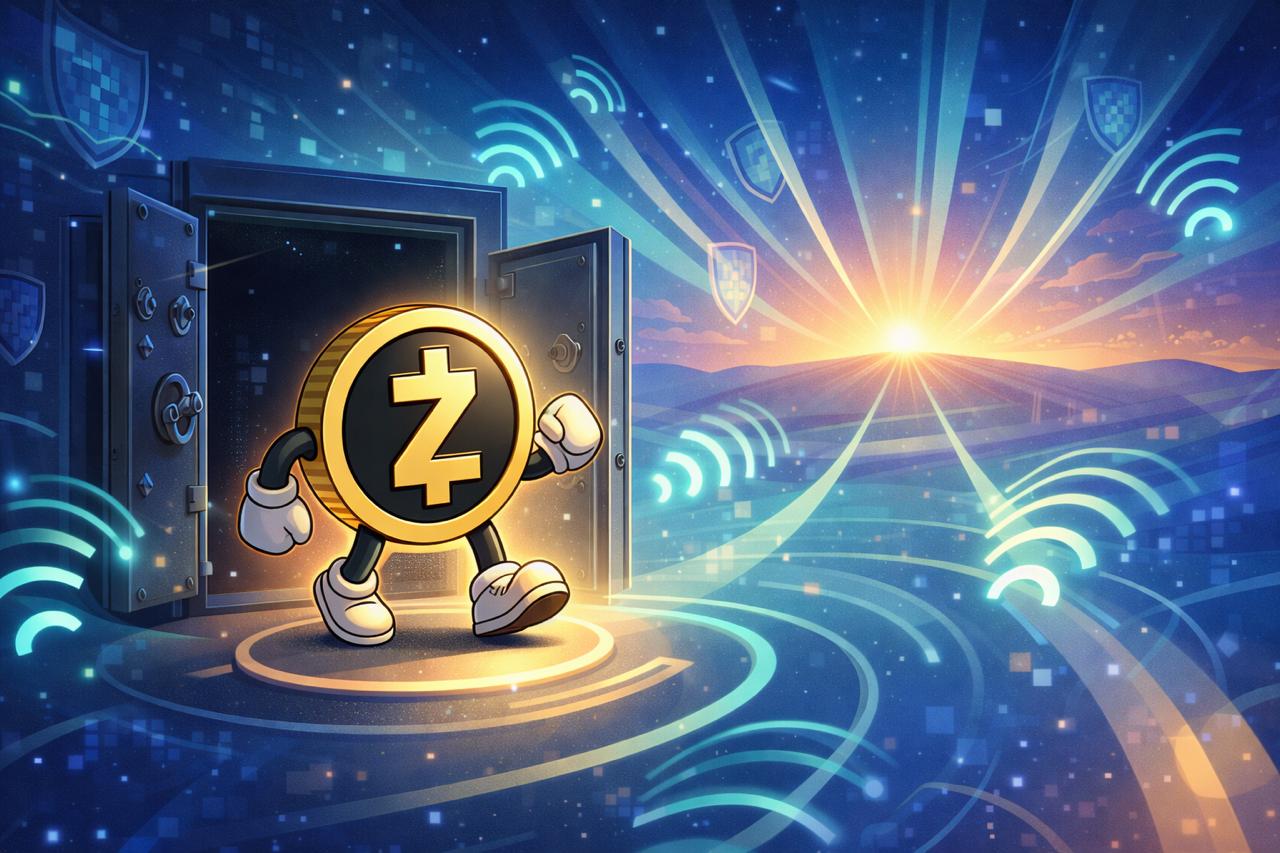Bitcoin Halving: Unraveling the Impact on Cryptocurrency
TLDR - The Essential Guide to Bitcoin Halving
Bitcoin halving represents a significant event within the Bitcoin ecosystem, occurring roughly every four years. This event is a pre-set adjustment within the Bitcoin protocol that cuts the block reward miners earn for transaction verification. Such changes notably affect Bitcoin's supply and inflation rate, making this event pivotal for Bitcoin investors, miners, and the broader cryptocurrency marketplace.
Diving Into the Mechanics of Bitcoin Halving
Bitcoin halving is a core component of the Bitcoin protocol, designed to regulate and predict the influx of new Bitcoins into the market. This process is set to transpire every 210,000 blocks, an interval that equates to around four years. The inaugural Bitcoin halving transpired in 2012, with subsequent events in 2016 and 2020 following this pattern.
The Role of Block Rewards in Mining
Within the Bitcoin network, miners are indispensable, as they validate transactions and secure the infrastructure. To reward their vital contributions, miners receive newly generated Bitcoins, referred to as the block reward. At Bitcoin's inception in 2009, this reward was pegged at 50 Bitcoins per block. However, the halving protocol systematically reduces this reward by half at each halving event.
The 2012 halving decreased the reward to 25 Bitcoins per block, the 2016 halving further lowered it to 12.5 Bitcoins, and the most recent halving in 2020 reduced it to 6.25 Bitcoins per block. These systematic cuts in the block reward directly influence Bitcoin's supply and inflation dynamics.
Consequences for Supply and Inflation Rates
The Bitcoin halving exerts a considerable influence on its supply and inflation metrics. By diminishing the block reward, the pace at which new Bitcoins are generated slows. This deliberate throttling of supply growth heightens Bitcoin's scarcity, as its total availability is capped at 21 million coins.
With the tapering of new Bitcoin supply entering the market, there can be an uptick in demand, exerting upward pressure on its price. Historically, halving events have been linked to substantial price escalations, although such historical patterns do not necessarily predict future outcomes.
Miner Earnings and Network Integrity
Bitcoin halving also impacts miners and the robustness of the Bitcoin network. Reduced block rewards mean miners earn fewer Bitcoins for their labor, which can affect the profitability of mining, especially for those with higher operational expenses.
However, it's crucial to recognize that the halving is engineered to preserve network security. As block rewards dwindle, transaction fees increasingly contribute to miners' income, encouraging them to continue their vital role in transaction validation and network protection, even when block rewards become negligible.
Scheduling and Predictability of Halving
Bitcoin halving events are systematically pre-programmed to unfold at regular intervals. This schedule is a cornerstone of Bitcoin's monetary policy, offering transparency and predictability to market stakeholders. Unlike fiat currencies, where central banks can unpredictably change the money supply, Bitcoin's issuance is governed by steadfast rules.
This predictability allows participants to strategize and make informed decisions regarding anticipated adjustments in Bitcoin's supply and inflation rate. It also bolsters the network's credibility and trustworthiness by eliminating abrupt shifts in supply intricacies.
Final Thoughts
Bitcoin halving is a paramount event in the Bitcoin framework, occurring approximately every four years. This event lowers the miners' block reward for transaction validation, affecting the supply, inflation rate, and network security. The pre-scheduled nature of Bitcoin halving lends transparency and predictability to Bitcoin's monetary structure, establishing it as a critical element of the network's economic strategy.









